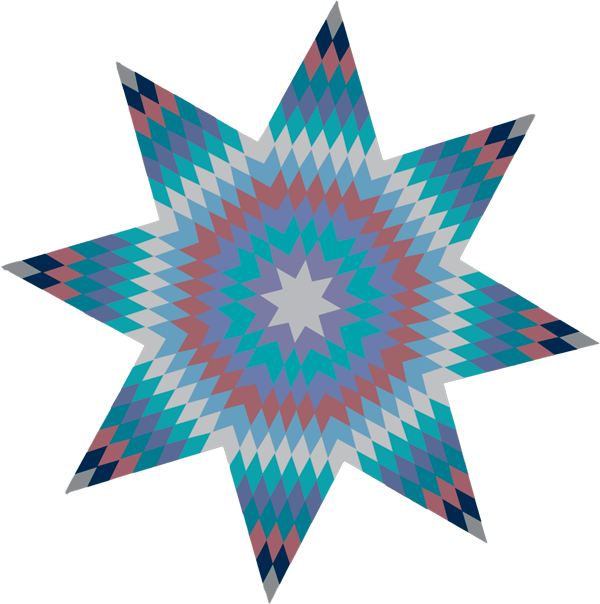

Sign in or create a free account to curate your search content.
Even after power looms were introduced in the 1830s, many West Virginians continued weaving fabric at home, making items like blankets, clothing, and bed coverlets, which often became family heirlooms. Weaving was common in rural homes, with families using cotton, wool, and flax. Wool was often grown, spun, dyed, and woven all within the same household, while cotton had to be bought.
Spinning wheels turned fibers into thread, which was dyed using natural materials like pokeberry or walnut hulls. Some families hired skilled weavers or paid for weaving services. The rise of power looms in the 1800s led to job losses for home weavers, but water-powered weaving mills and weaving schools during the Great Depression helped preserve the craft. Today, weaving remains a popular craft in West Virginia, with people joining guilds and taking classes to continue the tradition.